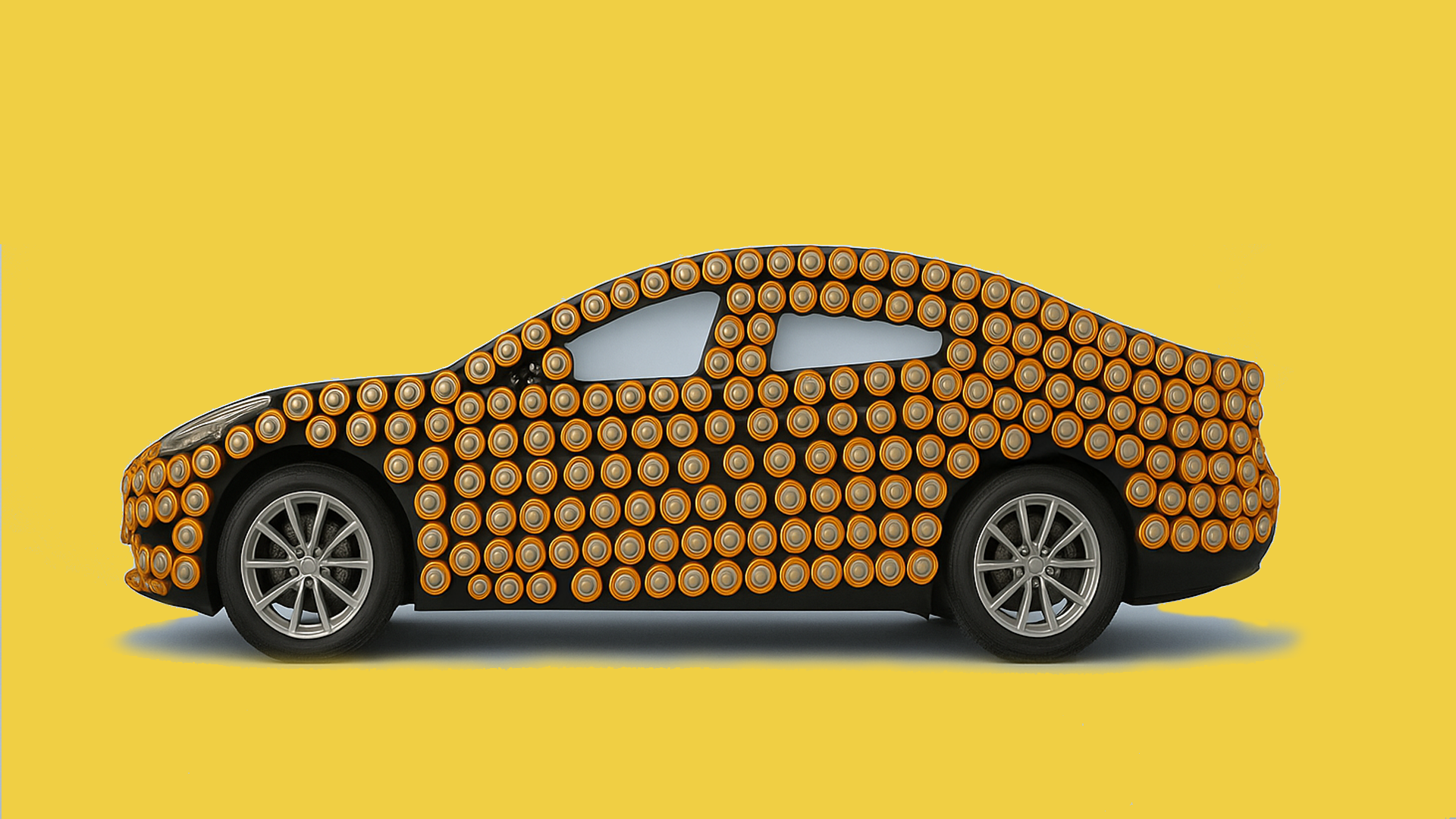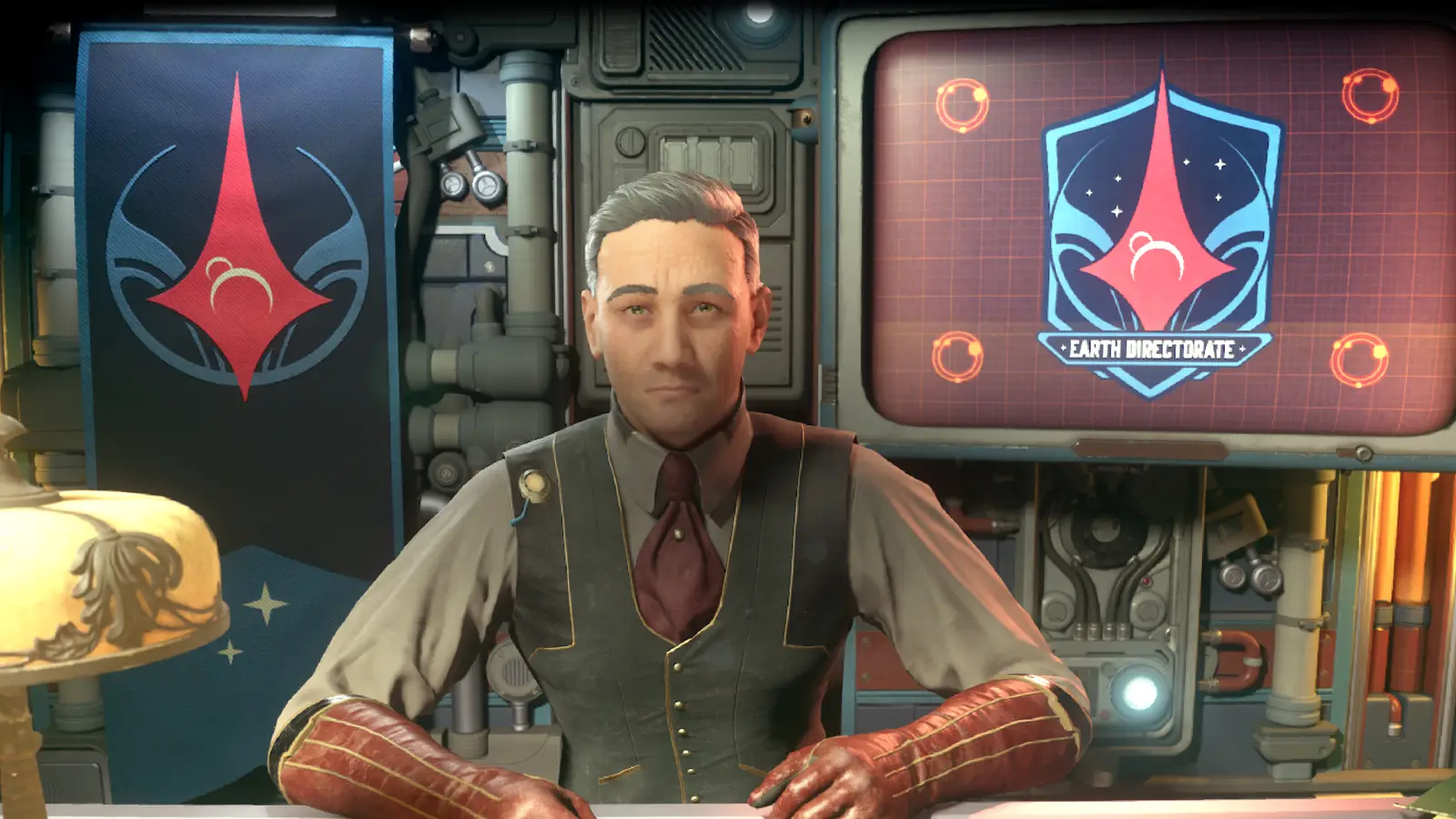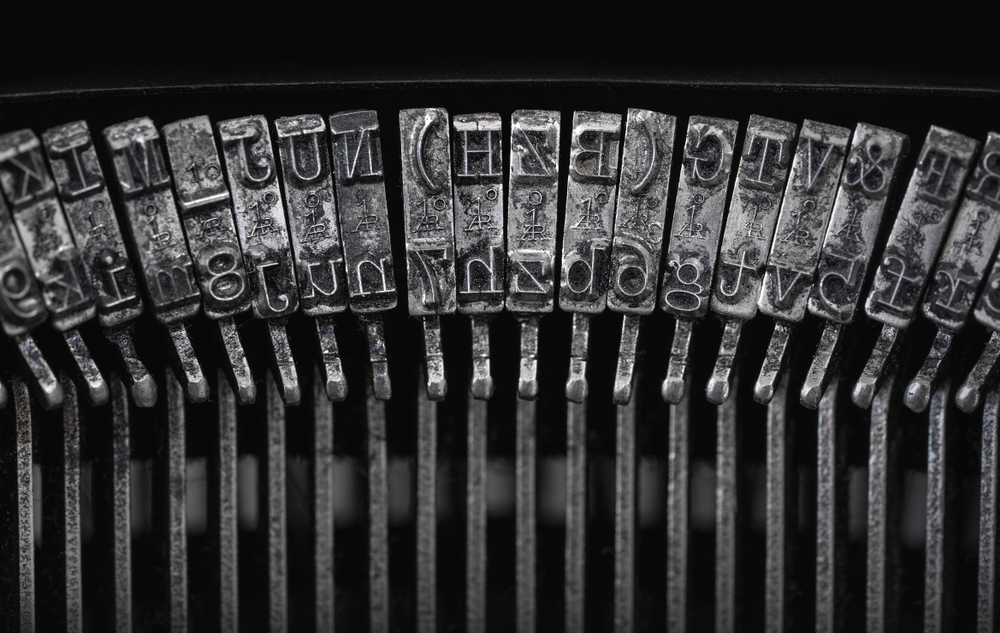Copyright Slate

How are monsters made? In Guillermo del Toro’s new adaptation of Frankenstein for Netflix, several people inform the title character, surgeon Victor Frankenstein (Oscar Isaac), that he, rather than the creature he assembled out of corpses, is the real monster. Many readers of Mary Shelley’s 1818 novel have reached the same conclusion: Victor is one of the all-time assholes of British literature. But the various adaptations of the book take different, even opposed, views of what made him that way, and how his malignity infects the world around him, particularly his creature. Del Toro’s Frankenstein is a tale of bad fathers. Victor’s imperious, cold, demanding physician father drums medical science into his son’s head, beats him when he makes a mistake, and mistreats the boy’s beloved mother, who dies young. Victor blames his father for failing to save his mother’s life, and his determination to discover how to conquer death is less a response to grief than a vow to best the older man. In the movie, Victor has a recurring dream of a “dark angel,” a sort of animated statue, red and surrounded by flames. In the film’s color scheme, red is the color of blood (of which we see a lot) and fire, but also of Victor’s late mother. His ambition transforms what might have been tender memories into an avenging horror. Instead of preserving the “quiet, even nervous, disposition” of his mother and his boyhood self, the grown-up Victor of the film becomes another version of his father. While he preaches rebellion to a group of stuffy, skeptical, bewigged authorities—announcing that truth only comes “when coaxed by disobedience, free of fear and cowardly dogma”—he bulldozes everyone around him, treating them as means to his own ends. In a brief but very telling scene as Victor sets up his laboratory in a deliriously phallic tower, he subjects his younger brother, William (Felix Kammerer), to the same withholding treatment he suffered as child. When his efforts to animate the creature (Jacob Elordi) finally succeed, Victor, as he tries to teach his “child” to speak, proves to be a parent every bit as impatient and unaffectionate as his own. William’s fiancée, Elizabeth (Mia Goth), with whom Victor falls in love, summarizes him as a man who “tries to control and manipulate everyone and everything around him. Like every tyrant, he delights in playing the victim.” The many spinoffs of James Whale’s classic 1931 movie adaptation of Frankenstein iterated on Victor as a grandiose mad scientist, a Faustian figure who obsessively pursued his inventions without regard to the consequences. (It requires no imagination to see why, after the bombing of Hiroshima, this aspect of Shelley’s story spoke to the culture.) But the original Victor, Shelley’s Victor, is no monomaniac. The fixation that grips him as a student in Ingolstadt and results in the reanimation of the creature only lasts for about a year, and dissipates the moment Victor lays his horrified eyes on the entity he has made. This period of fixation resembles an interlude of madness or addiction. In the novel, the similarity between Victor and an addict is fostered by the fact that Victor keeps his labors and his achievement a secret from everyone he knows. Shelley’s Victor is no boastful, commanding maestro, but a man little more than a boy, holed up in his apartment compulsively doing unspeakable things. That’s right: apartment. The image of Victor in a storm-battered castle, his gothic laboratory offered up to the sky in exchange for its life-giving lightning, is entirely derived from Whale’s movie. Any adaptation truly faithful to Shelley’s novel would be obliged to acknowledge that the original Victor made his creature in an apartment building, using chemistry rather than electricity, although Shelley is pretty vague about the process. No sooner does he get an eyeful of his unholy creation in action than Victor, overwhelmed with “breathless horror and disgust,” runs out in the street where he stumbles around all night until he encounters an old friend. The pair return to Victor’s flat (the friend unaware of might might lurk there), but the creature is gone. Victor succumbs to a “nervous fever” for a while, and then just … goes back home to Switzerland, sparing not a thought to where his dreadful creation might have gone or what it might be doing. Although the novelistic device of the unreliable narrator had yet to emerge in the early 1800s, it’s not always clear where Shelley’s views might differ from Victor’s, if at all. As Victor sees it, his season of mad science was a passing fever caused by what today we’d call an unhealthy work–life balance. The Frankensteins of the novel are a loving, close family, whose company, Victor believes, would have kept him from tumbling over the edge into mania. The other wholesome influence Victor abstains from while making his creature is nature. Shelley was a Romantic, holed up in a villa on Lake Geneva with two great poets of the Romantic era when she got the idea for Frankenstein, and the novel reflects that artistic movement’s belief that the natural world inspires the best in human nature. “I did not watch the blossom or the expanding leaves—sights which before always yielded me supreme delight—so deeply was I engrossed in my occupation,” Victor explains. After he collapses upon beholding the results of that occupation and succumbs to a fever, he notes that the “divine spring contributed greatly to my convalescence.” Shelley’s novel carries the subtitle “The Modern Prometheus,” but, while the Prometheus of Greek myth steals the secret of fire from the gods in order to deliver its benefits to humanity, Victor hasn’t got a philanthropic bone in his body. His desire to “pioneer a new way, explore unknown powers, and unfold to the world the deepest mysteries of creation” is fleeting, not the organizing principle of his life, as it is for del Toro’s Victor. Shelley’s Victor is just as narcissistic as del Toro’s but he’s much more vacillating, deciding after he leaves Ingolstadt that he “hated my former studies,” which were merely a “selfish pursuit” that had “cramped and narrowed me.” He becomes once again “the same happy creature” he was before he went off to university, and waltzes back to his family in Geneva with plans to marry his adoptive cousin, Elizabeth, and without a care in the world. In Shelley’s novel, Victor’s rejection makes the creature bitter, and eventually violent. He kills both William (a child in the novel) and Elizabeth in despair at his inability to connect with humanity and in an attempt to make Victor feel as bereft as himself. Del Toro softens this, making the creature gentle unless he is attacked. Both novel and film imply that the creature’s immense loneliness, not his status as an “abomination,” have made him into a monster, that Victor is ultimately responsible for the destruction his child has committed. But as for Victor’s monstrousness? Del Toro suggests that the cruelty and arrogance of the father is visited upon and then perpetrated by son, a terrible inheritance of trauma. Shelley seems to think that if Victor had just spent more time with friends and family, eaten sensibly, and taken regular walks in the Alps—in short, if he had had the 19th-century equivalent of a mindfulness practice—he’d never have fallen down the reanimation rabbit hole to begin with. One thing both versions of Victor have in common, though, is their titanic egocentrism, for which their poor creature serves as heartbreaking rebuke. Any accident of fate can make a man bad, but only selfishness can keep him that way.



